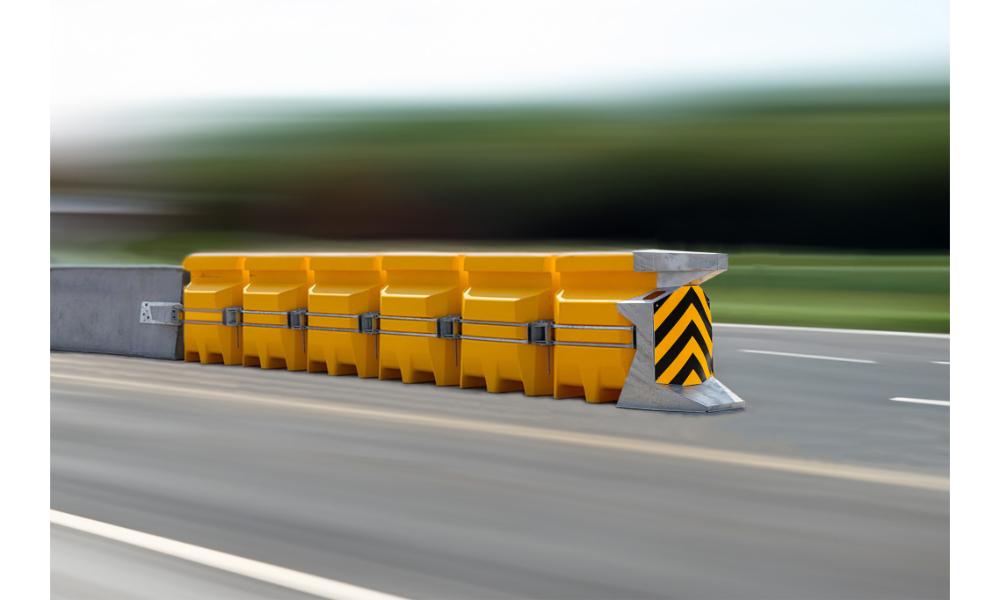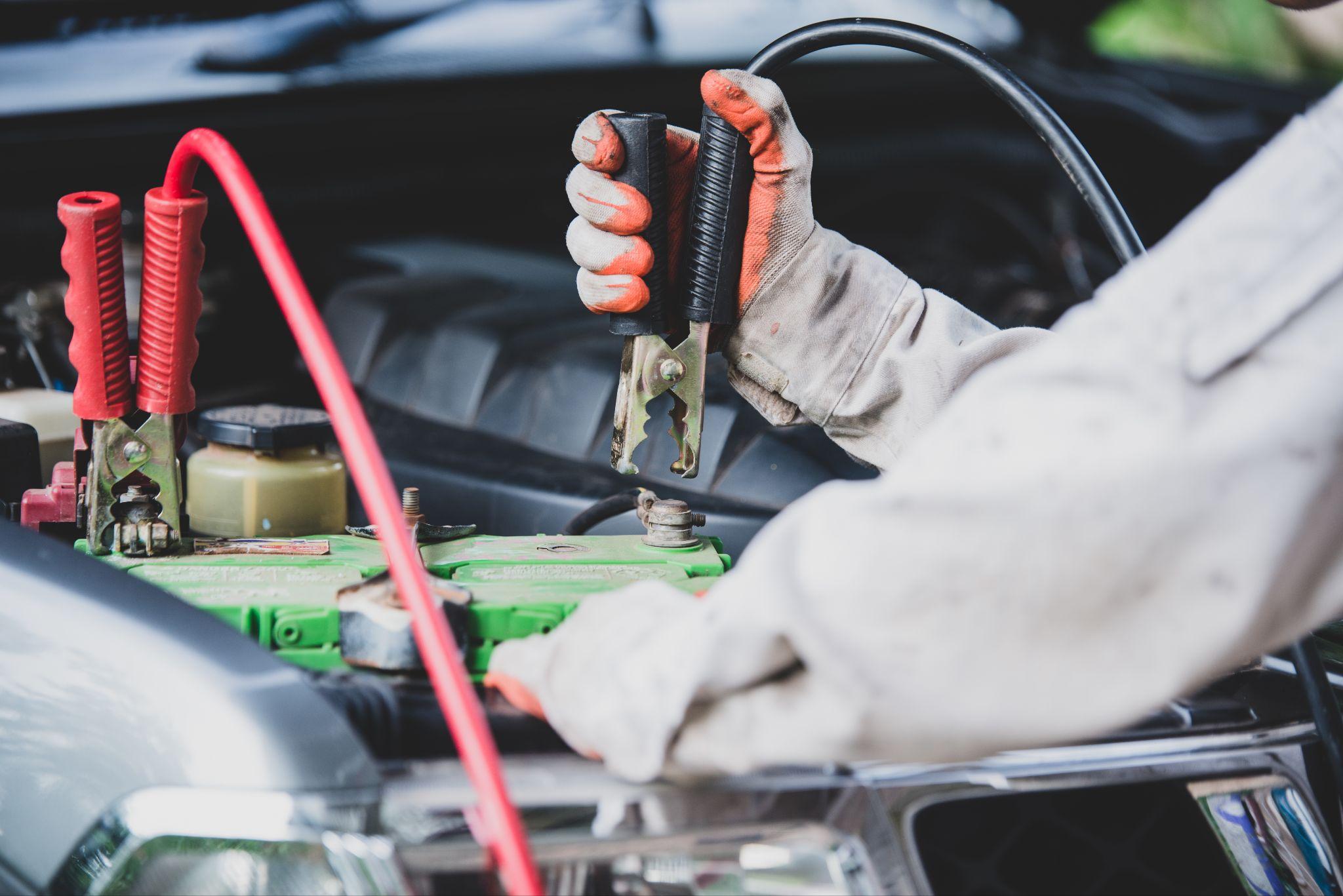Detailing your car can be deeply satisfying—not only does it make your vehicle look showroom-fresh, but it also helps maintain its value and longevity. However, beginners often fall into a few common traps that can do more harm than good. Whether you’re new to detailing or just want to tighten up your technique, here are 10 mistakes to avoid—and what to do instead.
Washing in Direct Sunlight
It might seem logical to wash your car on a sunny day, but the heat can cause water and soap to dry too quickly, leaving behind unsightly spots and streaks. Instead, wash your car in the early morning, late afternoon, or in a shaded area to give yourself time to rinse and dry thoroughly.
Using Dish Soap Instead of Proper Car Shampoo
Dish soap might cut through grease, but it’s far too harsh for your car’s paint. It strips away protective wax coatings and can dry out rubber trims. Always opt for a dedicated car shampoo designed to be gentle on automotive finishes.
Neglecting the Wheels and Tyres First
Many people leave the wheels for last or skip them altogether, which spreads brake dust and grime onto clean panels. Start with the dirtiest part of your car—your wheels—and use specialist wheel cleaners to safely remove built-up grime without damaging the finish.
Reusing Dirty Cloths or Sponges
Reusing a dirty sponge or cloth from previous washes can lead to micro-scratches on your paintwork. Always wash your microfibre towels and drying cloths after each use. Consider colour-coding your cloths for different areas of the car to avoid cross-contamination.
Skipping the Two-Bucket Wash Method
Using just one bucket means reintroducing dirt and grit to your wash mitt, increasing the risk of swirl marks. The two-bucket method—one for soapy water, one for rinsing—significantly reduces this risk and ensures a cleaner, safer wash.
Ignoring the Importance of Drying
Air drying or letting your car drip-dry will leave behind mineral spots, especially in hard water areas. After rinsing, always dry your vehicle with a clean microfibre drying towel or a dedicated car dryer for a spotless finish.
Applying Wax or Sealant on a Dirty Surface
Even if a car looks clean, applying wax or sealant without properly decontaminating the surface means you could be sealing in grime. Always clay bar your vehicle before waxing to ensure the surface is completely clean and smooth.
Using Glass Cleaner with Ammonia
Ammonia-based glass cleaners can damage window tint and rubber seals. For automotive use, always choose ammonia-free formulas that are safe for both tinted and untinted windows.
Overusing Products
More isn’t always better. Overapplying tyre shine, interior dressing, or polish can result in greasy residue, streaks, and even product sling while driving. Use a measured approach and follow product instructions to get that crisp, clean finish.
Forgetting the Interior
Detailing isn’t just about the exterior. Neglecting the inside—especially the dashboard, vents, and door jambs—leaves the job feeling incomplete. Use soft brushes, vacuums, and pH-balanced cleaners to gently refresh your car’s interior surfaces without damage.
Car detailing is as much about technique as it is about products
By avoiding these beginner mistakes and using high-quality tools—like proper shampoos, microfibre cloths, and trusted wheel cleaners—you’ll extend the life and beauty of your vehicle’s finish. With practice and care, your detailing sessions will deliver professional-level results every time.









